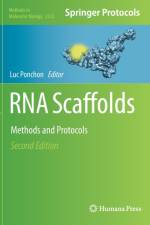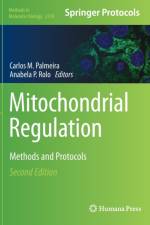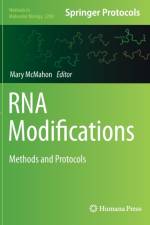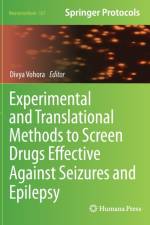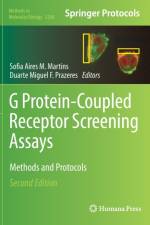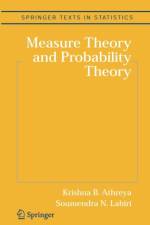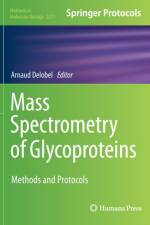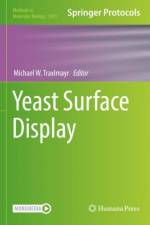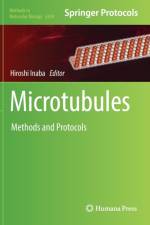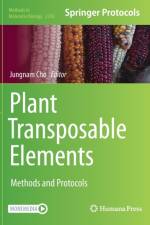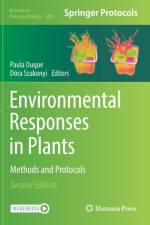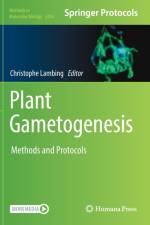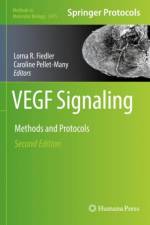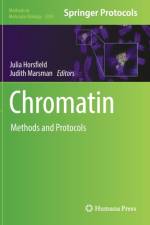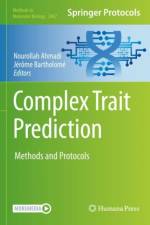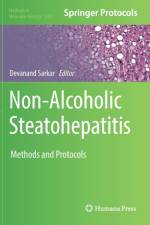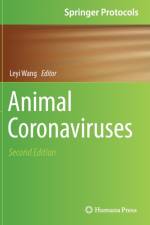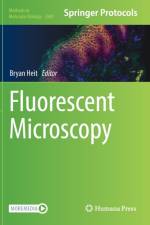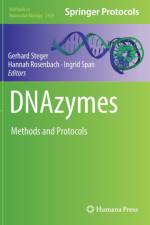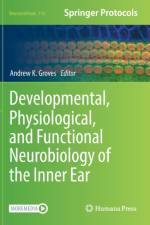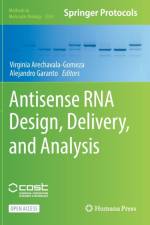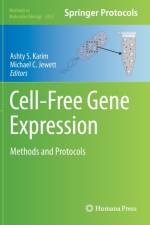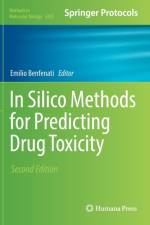110,00 €
1. Isolation of Lipid Rafts by the Detergent and Non-Detergent Based Methods for Localization of GPCRs with Immunoblotting and Laser Scanning Confocal Microscopy Peter Abdelmaseeh, Andrew C. Tiu, Selim Rozyyev, Laureano D. Asico, Pedro A. Jose, Van Anthony M. Villar 2. Detection of GPCR mRNA Expression in Primary Cells via qPCR, Microarrays, and RNA-Sequencing Krishna Sriram, Cristina Salmerón, Anna Di Nardo, and Paul A. Insel 3. Construction of Recombinant Cell Lines for GPCR Expression Philip J. Reeves 4. Recombinant Expression and Purification of Cannabinoid Receptor CB2, a G Protein-Coupled Receptor Alexei A. Yeliseev 5. Screening for Serotonin Receptor 4 Agonists Using GPCR-Based Sensor in Yeast Emily A. Yasi and Pamela Peralta-Yahya 6. Immobilization of Olfactory Receptors Carried by Nanosomes onto a Gold Sensor Surface Jasmina Vidic and Yanxia Hou 7. Screening Methods for Cell-Free Synthesized GPCR/Nanoparticle Samples Zoe Köck, Volker Dötsch, and Frank Bernhard 8. Fluorescence Anisotropy-Based Assay for Characterization of Ligand Binding Dynamics to GPCRs: The Case of Cy3B-Labelled Ligands Binding to MC4 Receptors in Budded Baculoviruses Santa Veiksina, Maris-Johanna Tahk, Tõnis Laasfeld, Reet Link, Sergei Kopanchuk, and Ago Rinken 9. Bioluminescence in G Protein-Coupled Receptors Drug Screening Using Nanoluciferase and Halo-Tag Technology Hannes Schihada, Katarina Nemec, Martin J. Lohse, and Isabella Maiellaro 10. Nanoluciferase-Based Complementation Assay to Detect GPCR-G Protein Interaction Céline Laschet and Julien Hanson 11. Imaging of Genetically-Encoded FRET-Based Biosensors to Detect GPCR Activity Luca Bordes, Sergei Chavez-Abiega, and Joachim Goedhart 12. cAMP Biosensor Assay Using BacMam Expression System: Studying the Downstream Signaling of LH/hCG Receptor Activation Darja Lavogina, Tõnis Laasfeld, Maris-Johanna Tahk, Olga Kukk, Anni Allikalt, Sergei Kopanchuk, and Ago Rinken 13. FLIPR Calcium Mobilization Assays in GPCR Drug Discovery Grzegorz Woszczek, Elisabeth Fuerst, and Thomas J.A. Maguire 14. Live Cell Imaging and Optogenetics-Based Assays for GPCR Activity Xenia Meshik and N. Gautam 15. Split-Tobacco Etch Virus (Split-TEV) Method in G Protein-Coupled Receptor Interacting Proteins Marta Alonso-Gardón and Raúl Estévez 16. NanoLuc-Based Methods to Measure β-Arrestin2 Recruitment to G Protein-Coupled


